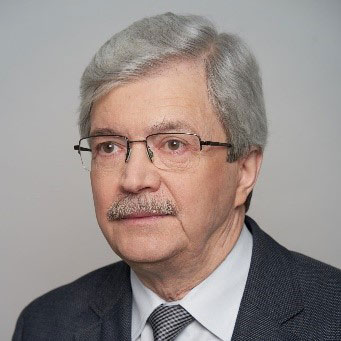
Institute of Fundamental Technological Research,
Polish Academy of Sciences, Warsaw, Poland
Henryk Petryk is Professor at the Institute of Fundamental Technological Research (IPPT), Polish Academy of Sciences, Warsaw, Poland. He received the title of Professor in 1995, became the head of the Department of Mechanics of Materials at IPPT in 2007, in 2012-2018 he was the chairman of the Scientific Council of IPPT. Member of the Polish Academy of Sciences, visiting Professor in Germany, France, Japan, Italy, China. His research interests focus on the mechanics of solids, mainly on theory of plasticity, bifurcation and instability, variational methods, micromechanics of materials, evolution of microstructures in metal crystals and shape memory alloys, internal length scales and size effects. He published over a hundred papers, most of which focused on fundamental problems in solid mechanics, 40 as the sole author. He has been the Editor-in-Chief of Archives of Mechanics since 1999. He served as Associate Editor of European Journal of Mechanics A/Solids, 1995-2004, and Comptes Rendus Mecanique (Paris), 2001-2009. From 2016 to 2022 the Secretary-General of IUTAM (International Union of Theoretical and Applied Mechanics).
Microscale instabilities cause a number of paradoxes when applying classical thermodynamics of irreversible processes to macroscopic models of inelastic phenomena. Fast microstructural rearrangements related to plasticity, damage growth, mechanical twinning, diffusionless phase transformations, etc. can be considered as a physical source of rate-independent dissipation on a slow time scale of external loading. The classical Gibbs condition for thermodynamic stability of equilibrium has been modified accordingly. Its key consequence is the general first-order variational principle for inelastic evolution with rate-independent dissipation. This is discussed for dissipative solids with internal variables of the local, gradient or interfacial type, including a phase-field approach that combines viscous and rate-independent dissipation. Straightforward extension of the first-order principle to second-order or finite increments corresponds to the incremental energy minimization approach, but its application is limited to potential problems. A more refined extension, suitable for non-potential problems of rate-independent evolution, is derived from thermodynamic considerations in the form of the quasi-extremal energy principle, in which the minimized function depends on an unknown solution as a parameter. This works in the general case where the usual variational or extremal principles fail. The theory is illustrated by a number of applications in conventional and gradient plasticity of metal single crystals and polycrystals, as well as in multiscale analysis of martensitic phase transformation and twinning in shape memory alloys.
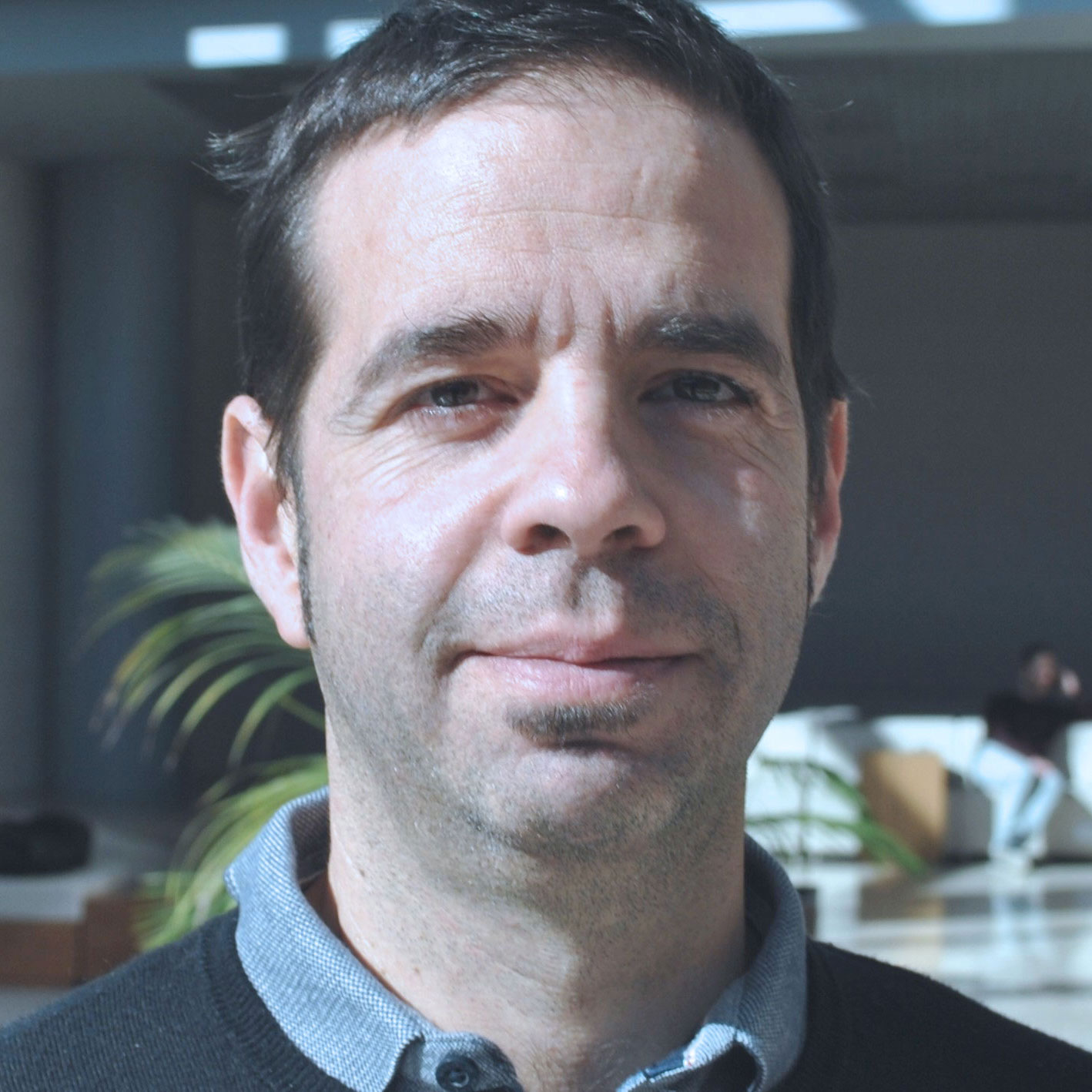
Universidad Politécnica de Madrid
& IMDEA Materials Institute, Spain
Professor Javier Segurado graduated in Materials Engineering at the Technical University of Madrid (UPM) in 1999 and got his Ph.D. in the same university in the year 2004. He holds a Full Professor position in Solid Mechanics at the UPM, and since 2008 has a double appointment as researcher at IMDEA Materials Institute. Prof. Segurado is a Fulbright scholar and has held visiting positions at UCLA, Los Alamos National Laboratoy (USA), TU-Wien (Austria) and Mc Master University (Canada). His research activity is focused on the prediction of the effect of the microstructure on the behavior of heterogeneous materials using continuum micromechanics and other simulation techniques at lower length scales including Molecular Dynamics, Discrete Dislocation Dynamics, Crystal Plasticity and multiscale modeling approaches. He has also experience in the development of tools based on the Fast Fourier Transform for solving different problems at the microscale. He has published more than 100 papers in the most important journals in computational solid mechanics or computational materials science and has more than 500 citations and h-index of 42 (scopes). He has participated in more than 40 research projects with international, European and national funding, including FET-open and Clean-sky European calls, leading many of them. He is included in the list of the top 2% scientists in the ranking developed by University of Stanford.
Almost 30 years after the seminal work of Moulineq and Suquet, FFT based homogenization is a well stablished framework to obtain the response of heterogeneous materials as function of the microstructure. The success of FFT approaches in micromechanics is due to their outstanding computational performance which allows the use of complex microstructures with very fine discretizations that can be directly obtained from images or tomographic data.
In this presentation, an overview of the work performed by the group leaded by professor Segurado on the development and application of FFT approaches to model the response of different heterogeneous materials will be presented. This review will cover the classical homogenization of polycrystalline materials to obtain the macroscopic response as function of the microstructure, including the elasto-plastic response, microstructure sensitive fatigue performance, fracture and damage. Finally, new developments of FFT based approaches will be presented, including the simulation of mutiphysical problems at the microscale, their application to model the evolution of dislocation and defects and the resolution of elastodynamic problems.
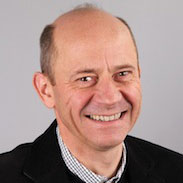
Friedrich-Alexander-Universität,
Erlangen-Nürnberg, Germany
Following his doctorate in engineering in 1992, Paul Steimann received Venia Legendi for Mechanics in 1996, and became full professor at University Kaiserslautern in 1997. In 2007, he became full professor at FAU Erlangen-Nürnberg, where he is active since. He declined offers for a full professorship at RWTH Aachen and the prestigious Regius Chair at University of Glasgow, UK, in 2012 and 2017, respectively. Since 2017 he is Co-Director of the Glasgow Computational Engineering Centre (GCEC) at the University of Glasgow, UK.
His research interests are in the fields of material modelling, multi-scale methods, multi-physics problems, non-standard continua, configurational-failure-fracture mechanics, biomechanics, optimisation as well as general developments in finite element and discretisation methods.
Co-authors: Jana Wedel, Matjaz Hribersek, Jure Ravnik
Flows of particles suspended in fluids remain a challenge in various branches of science and engineering. This is especially true for particles in the micron-size range, since there the complexity and cost of experimental techniques and corresponding computational models of particle-fluid interactions is highly demanding.
In this presentation, we will focus on novel computational models for tracking the motion and deformation of large numbers of micron-sized soft, i.e. highly deformable, non-spherical particles in fluid flows. We will discuss particles with a variety of rheological properties allowing a prominent change in the particle’s geometry. Thereby, we will dedicate special attention to the pertinent force and torque models for particle-fluid translational and angular momentum exchange. As a result, we will especially focus on the tank-treading phenomenon displayed by flow-immersed soft particles.
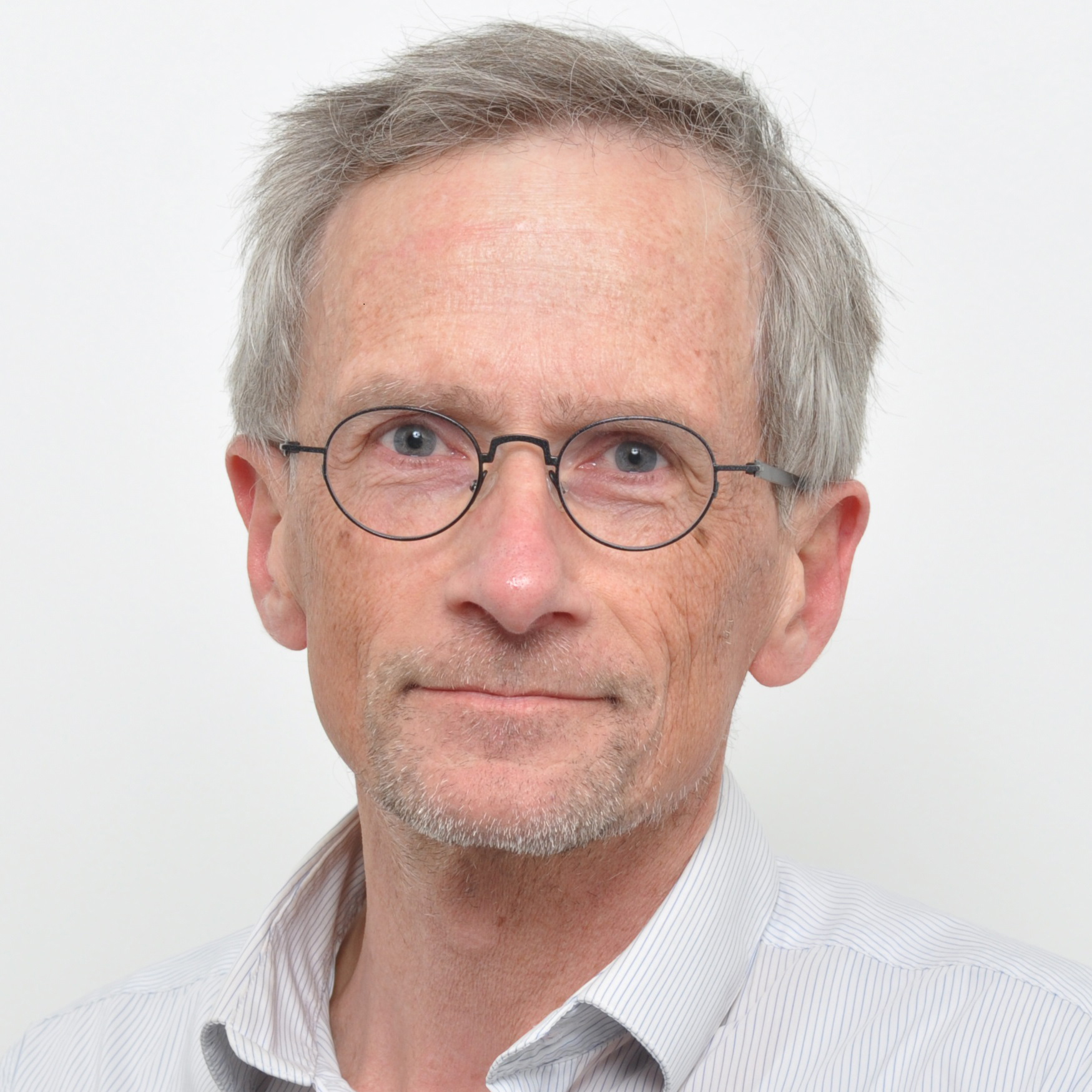
Grenoble-INP, France
Christophe Martin is a CNRS research professor in the SIMaP laboratory at the Université Grenoble Alpes (UGA) in France. His research focuses on particulate media, with a particular interest for powders with engineering applications. He is the principal investigator in the development of a discrete element code, dp3D. Applications mainly concerns materials for energy applications. He has recently been appointed dean of the I-MEP2 engineering doctoral school at UGA.
This talk reviews recent advances in simulations based on the Discrete Element Method (DEM) applied to particulate materials. Typically, starting from a ceramic powder, the material is pressed and then sintered. During compaction, defects may arise due to density heterogeneities, spring-back effects upon unloading or ejection. Similarly, sintering may also lead to defects such as cracks when constraints arise. Once the part has been sintered, its mechanical behavior, and in particular its fracture behavior is obviously of interest. DEM is naturally well suited to modeling compaction and sintering, as particles are explicitly modeled. DEM is also a powerful method to simulate the fracture behavior of dense or porous ceramics, as it naturally allows us to track the topological modifications (branching, bifurcation) that accompany fracture.
The Discrete Element Method is first presented to give a general overview. We illustrate DEM’s capabilities on ceramics with several examples using our in-house code dp3D, which is dedicated to materials science. These examples are meant to give a general idea of DEM applications. For example, we show how such simulations can be effectively coupled to X-ray tomography images that can be used as input data for realistic initial microstructures. Crushing of porous ceramics that include notches, the fracture of partially sintered ceramics and of nacre-like alumina offer examples of application of dp3D. High temperature sintering also provides a good example of the potential of a discontinuous approach to tackle grain growth. Finally, the possibilities of deviating from spherical particles offered by the Level Set method are illustrated for both compaction and sintering.
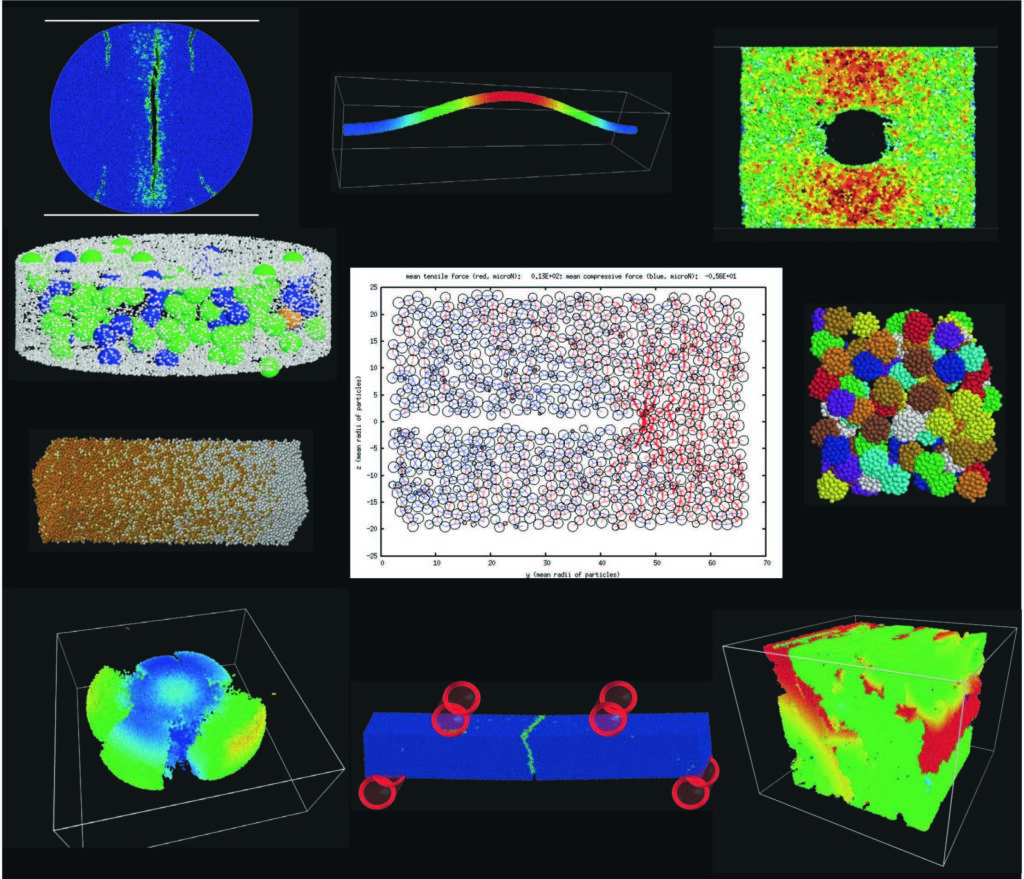
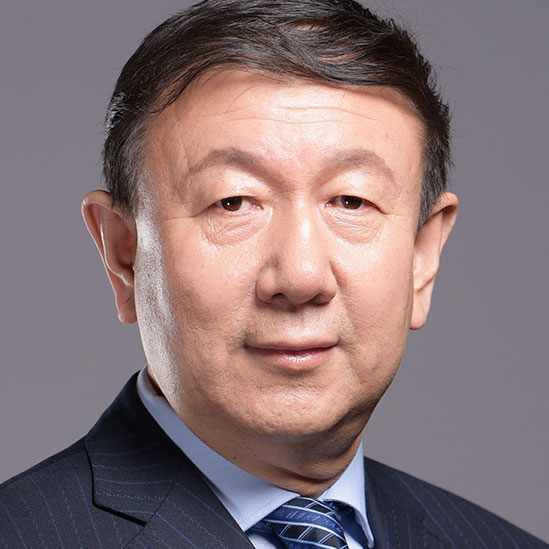
Tsinghua University, Bejing, China
Zhuo ZHUANG, Professor, School of Aerospace Engineering, Tsinghua University. Vice President of International Association for Computational Mechanics (IACM). Ph.D., University College Dublin, Ireland, 1995. Honorary Doctor Degree (EngD), Swansea University, UK, 2017. Chief scientist of national fundamental research projects of China. Published 360 journal papers and 2 books in English by Elsevier and 10 books in Chinese with 14,000 citations.
A novel unified theory of continuum-based shell fracture mechanics is proposed, which integrates computational model of thin and medium-thick shells. Through orthogonal decomposition of stress and displacement fields, the criterion of crack propagation and arrest based on the maximum energy release rate is formed. The calculation method of natural selection propagating path of shell cracks under large deformation frame is established, and the interaction of multiple cracks under dynamic and static loads is revealed. This work results in designing new light weight structures, for example, the core cabin of Chinese Space Station “Tianhe”. By reducing stress concentration and optimizing reinforcement layout, the weight reduction is nearly 10%. It is proved that ground tests simulating temperature variation is ±100 degrees for the cabin facing and facing away from the sun, in-orbit fatigue life is larger than 22.5 years.

Vrije Universiteit Brussel, Belgium
Danny Van Hemelrijck (ORCID 0000-0002-5228-9307) is Full Professor at the Department of Mechanics of Materials and Constructions (MeMC) of the ‘Vrije Universiteit Brussel’ since October 1996. He received his PhD degree from the same department and university in 1992. His research has a clear focus on the development, the mechanical characterization and on the design and analysis of innovative lightweight material systems and constructions. The mechanical performance of these material systems and constructions are studied under complex loading conditions by means of (combined) experimental testing and advanced numerical modelling.
Co-authors: Kalliopi-Artemi Kalteremidou, Yifan Zhu , Amalia Katalagarianakis, Ahmad Shawki Charkieh, Lincy Pyl
Unlike traditional manufacturing processes, which involve the subtraction of material by milling, drilling, grinding, etc., additive manufacturing (AM), or 3D-printing, is based on the addition of material to create an object. Starting from a CAD-file a 3D-object is created by successively adding material layer by layer until the entire part is complete. AM having the ability for reducing costs and waste, increasing quality, and shortening production times, is driving a change in many industries such as aerospace, healthcare, automotive and consumer goods, among others and not only for ‘rapid prototyping’. Indeed, at present there is a real interest from different industries to introduce AM-produced parts into final designs. However, there are several remaining challenges before this technology will become the main way to manufacture functional objects as for instance, the limited availability of materials, the influence of residual stresses, the anisotropic behaviour or how local heterogeneities affect the global mechanical properties. Therefore, the majority of recent AM research focuses on the improvement of the mechanical properties and object quality using various experimental techniques and concepts. It will be illustrated that the use of different experimental methods is of major importance for AM to keep up its promise that it will revolutionise the way products will be designed, manufactured, and supplied. This exercise will be executed both for AM of metals as well as for continuous reinforce polymer matrix composites.
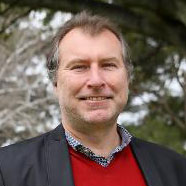
University of Western Australia
Karol Miller is a Winthrop Professor of Applied Mechanics at The University of Western Australia. Until 2023 he has been a Visiting Professor of Radiology at Harvard Medical School.
Karol was born and educated in Warsaw, Poland. He has MSc in aerospace engineering, PhD in robotics and DSc in biomechanics.
In 2002 Karol established the Intelligent Systems for Medicine Laboratory. ISML’s mission is to work towards improving clinical outcomes through development and appropriate use of technology. It runs exciting research projects funded by the Australian Research Council, the National Health and Medical Research Council (Australia), the National Institute of Health (USA) and other national and international agencies. The overall objective of his research is to help creating methods and tools which will enable a new exciting era of personalised medicine. He is best known for his work on biomechanics of the brain. He is one of the world’s most cited researcher in this area.
Karol’s research and teaching have been recognised by multiple awards, including the Humboldt Research Award, NVIDIA GPU Computing Champion Award, the Simulation Industry Association Australia Award, the Sir Charles Julius Medal, the Polish Prime Minister Award, the UWA Faculty of Engineering Computing and Mathematics Teaching Award and the UWA Student Guild Choice Award.
Karol has been a member of National Health and Medical Research Council panel for medical technology, Australian Research Council College of Experts and Australian Research Council Medical Research Advisory Panel. He also serves as a reviewer for NCB, NCBiR and FNP. Karol has served on editorial boards of many journals. He was the Associate Editor of International Journal for Numerical Methods in Biomedical Engineering and Annals of Biomedical Engineering.
Mathematical modelling and computer simulation have proved tremendously successful in engineering. One of the greatest challenges for mechanists is to extend the success of computational mechanics to fields outside traditional engineering, in particular to biology, biomedical sciences and medicine. By extending the surgeon’s ability to plan and carry out surgical interventions more accurately and with less trauma, Computer-Integrated Surgery (CIS) systems could help to improve clinical outcomes and the efficiency of health care delivery. CIS systems could have a similar impact on surgery to that long since realized in Computer-Integrated Manufacturing (CIM).
In this lecture, I will demonstrate how computational solid mechanics can be used to improve patient outcomes in brain and vascular surgery. The key innovation enabling patient-specific modelling is the solution of boundary value problems for partial differential equations directly on medical images and digital anatomical atlases. I consider boundary value problems of solid mechanics, with application in neuronavigation and stress analysis of aortic aneurysm walls.
I will conclude with suggestions for the future developments in the field and a vision for a new era of personalised medicine based on patient-specific scientific computations.
